Brown Pelican
Least Tern
Least Tern
I was able to get out today and visit a Least Tern Colony. Watching these amazing parents nesting, sitting on eggs, and caring for their newborn chicks is very interesting indeed. They actively defend their nesting areas and will let you know if you get too close in short order! They will scream and dive at you even pecking you in the head should you not pay heed to their warnings!
The Least Tern is Florida’s smallest Tern. It’s a spring/summer visitor. They are often seen flying low over the water, with quick deep wingbeats and shrill cries. These Terns usually hover before plunging into water for tiny prey and do more hovering than most terns. Populations are endangered in many areas because of human impacts on nesting areas, especially competition for use of beaches. Least Terns are listed as Threatened in the State of Florida.
For Tern parents, it’s tough raising chicks on a beach with development, people, dogs, feral cats, raccoons, fox, predatory birds, and broiling hot sun. Least Terns in some parts of the east including Florida are now nesting successfully on gravel roofs near the coast. This particular colony is the only known beach-nesting colony in SE Florida. The parents need to protect the chicks and feed them constantly while getting enough nutrition for themselves. Least Terns are great providers and amazing parents! ~Paul Waller
Note: All shots were taken from a responsible distance with a long lens
Photo credit: Paul Waller
Laughing Gull
If you have been to a beach in Florida, you have surely heard the distinct call of the laughing gull. Laughing gulls (Leucophaeus atricilla) are year-round Florida residents and are often seen in flocks on beaches, in salt marshes, and nearby parking lots. They are often seen inland in fields, near rivers, or at your local garbage dump.
Both males and females build nests in colonies on the ground under the cover of bushes or grasses. The parents take turns incubating the eggs for about 20 days and both feed the young for the next 5 weeks. Food includes foraged crustaceans, small fish, and insects. In the spring, horseshoe crab eggs and the eggs of other birds provide a tasty meal. Earthworms and snails are sometimes eaten. These birds are not picky eaters so be sure to carefully dispose of your food scraps and food wrappers.
Black Skimmers
Black Skimmers (Rynchops niger) are seen flying low to the water with the lower part of their bills skimming the water for food. Their bills are wide at the top and come to the point. When a skimmer senses a fish in the longer, lower mandible of its bill, the upper part instantly snaps shut.
Striking and easily recognizable, skimmers are medium-sized tern-like seabirds with red and black bills and a 3 to 3.5 feet wingspan. They have black wings with white edging, black backs, and a white underside and head. Black skimmers inhabit coastal areas such as beaches, estuaries, and sandbars.
Breeding and roosting occur between May and early September in colonies of up to several hundred pairs. Skimmers lay three to five eggs, which are incubated by both parents for 23-25 days. Skimmers are protective parents, and the colony acts as a village when it mobs a predator as a group in an effort to protect nests—the young fly at 28-30 days old. A successful colony will use the same nest site next year.
Black skimmers are threatened in Florida and are protected by the U.S. Migratory Bird Treaty Act. Coastal development and human activity without regard to seabirds pose the biggest threat. Predators such as crows, raccoons, opossums, coyotes, and feral hogs find skimmer eggs and chicks to be a delicious meal. Pets, beach driving, recreational activity, oil spills, shoreline hardening, and more cause parents to abandon their nests. Sea level rise poses another threat to the black skimmer population.
With all of these threats, most of the colonies in Florida are managed by local land managers and volunteers. Documented black skimmer colonies in Florida are managed with fencings and/or informational signs.
With your help, black skimmers can make a successful comeback. Heed the signs you see while at the beach. Call the number on the signs at a beach near you and volunteer to make a difference. Let’s all do what we can now to protects these beautiful Florida seabirds.
Photos courtesy of FWC and Kon Studio

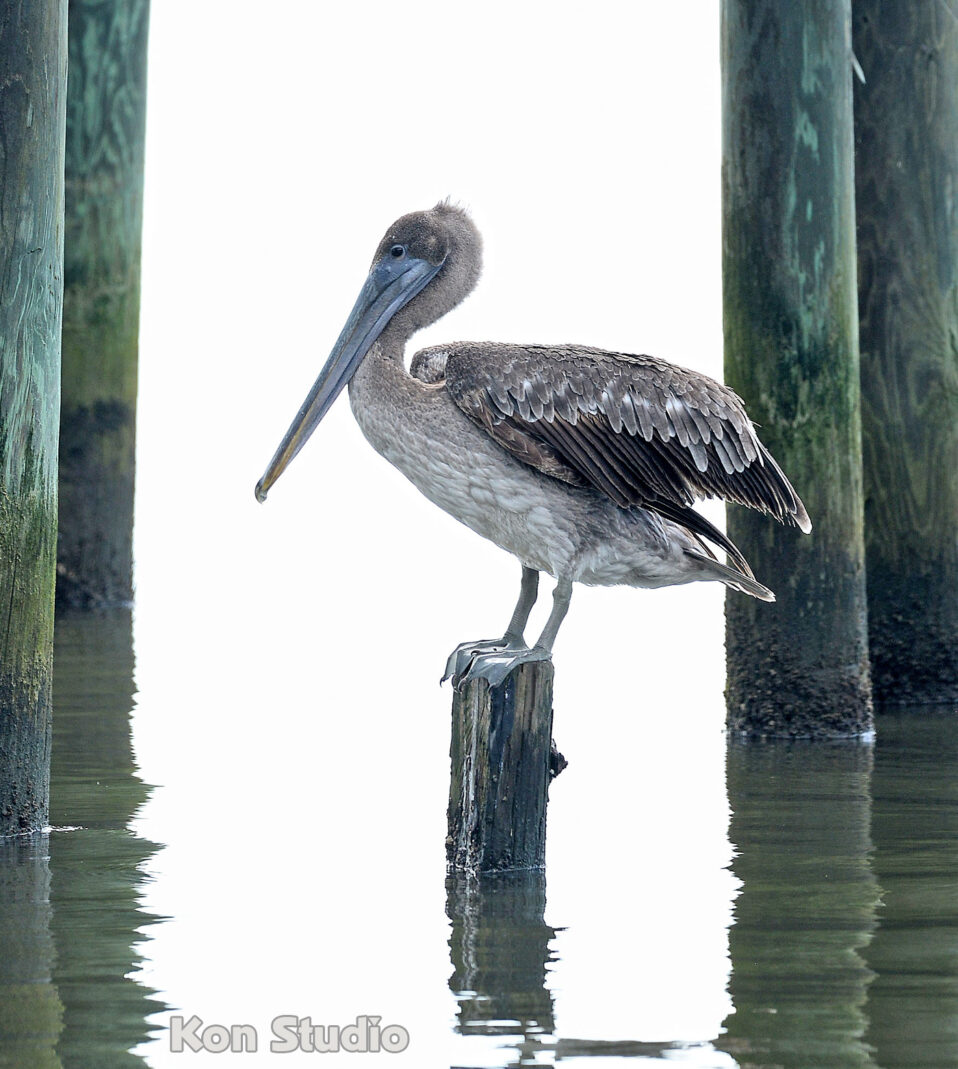
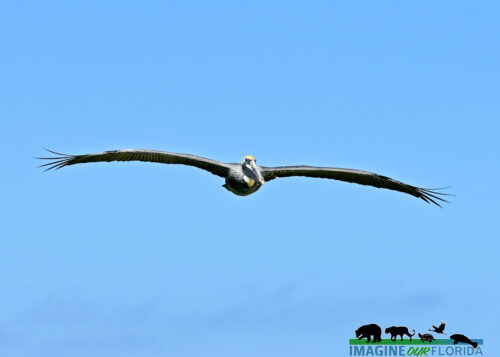
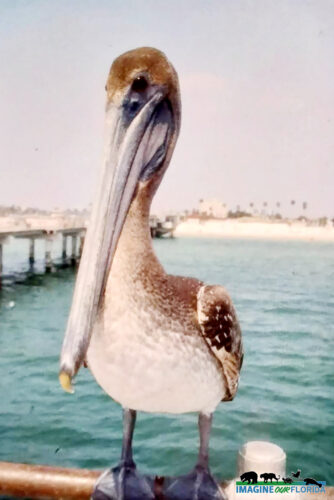
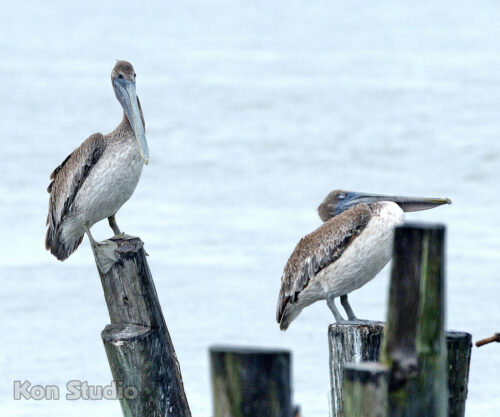
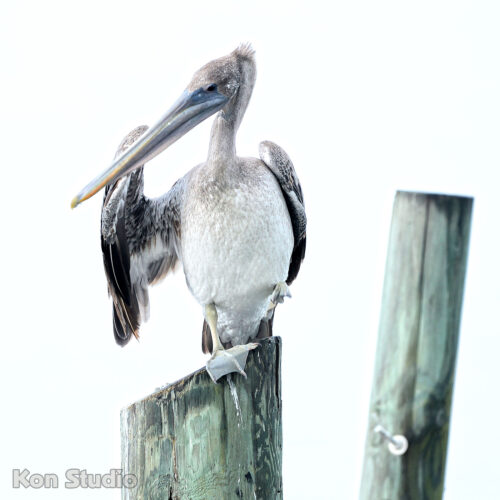
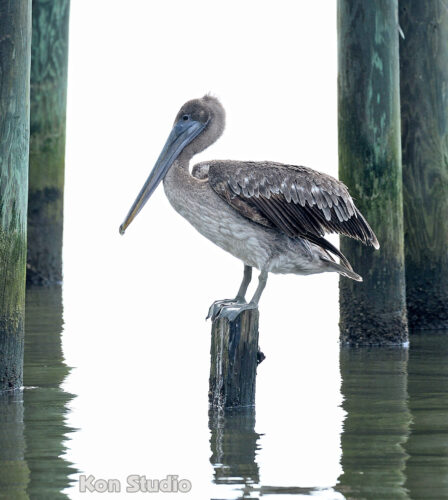
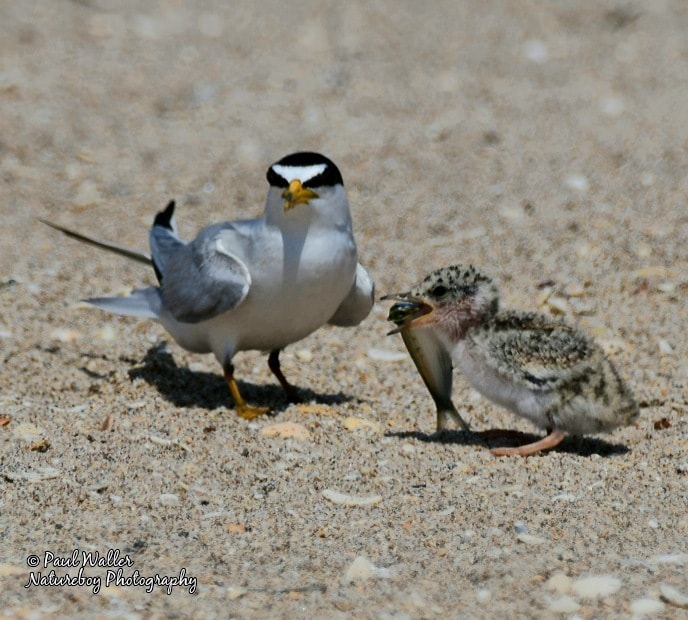
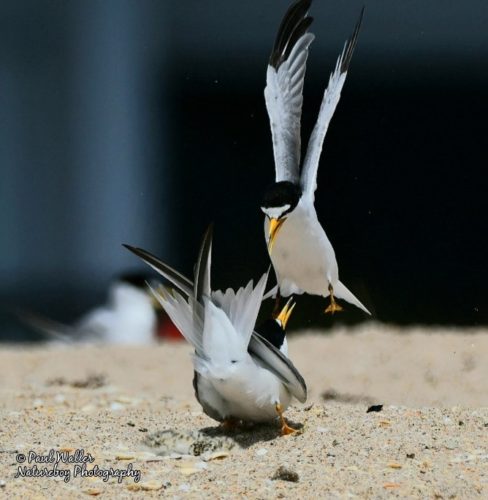
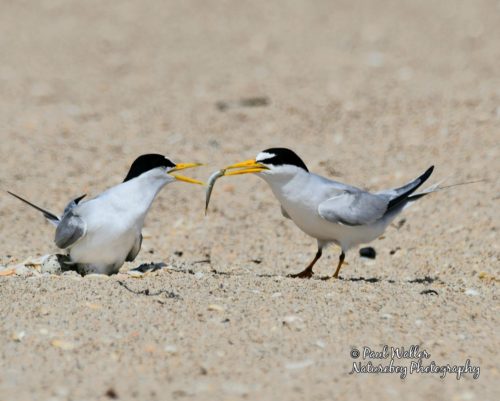
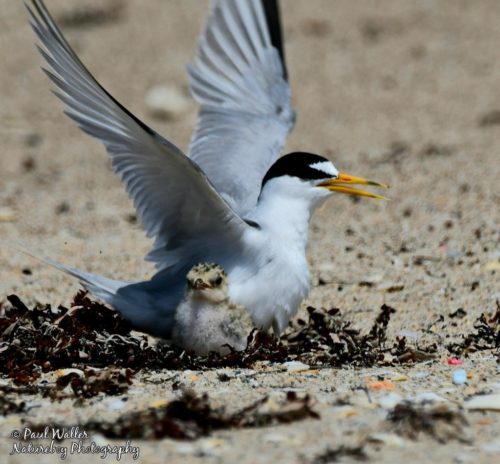
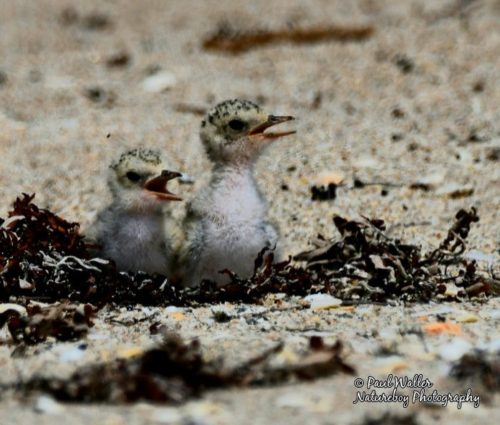
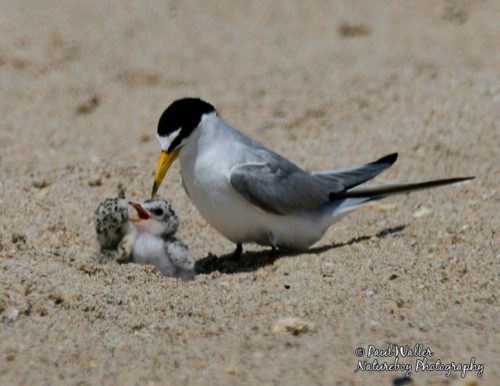
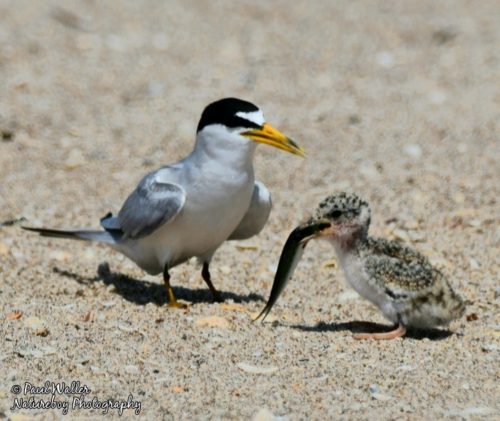
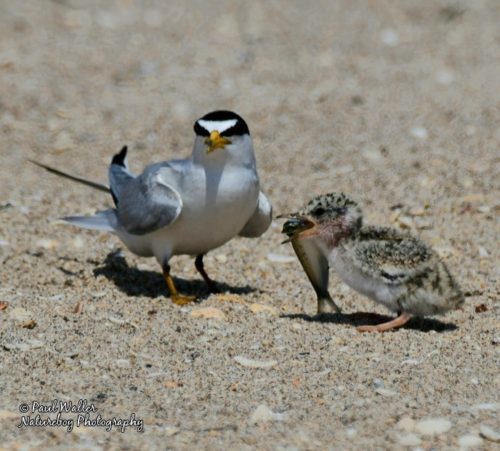
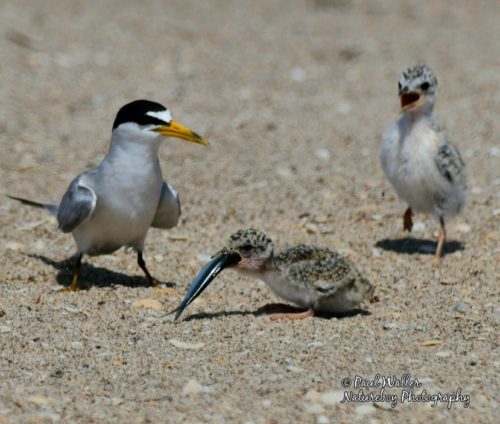
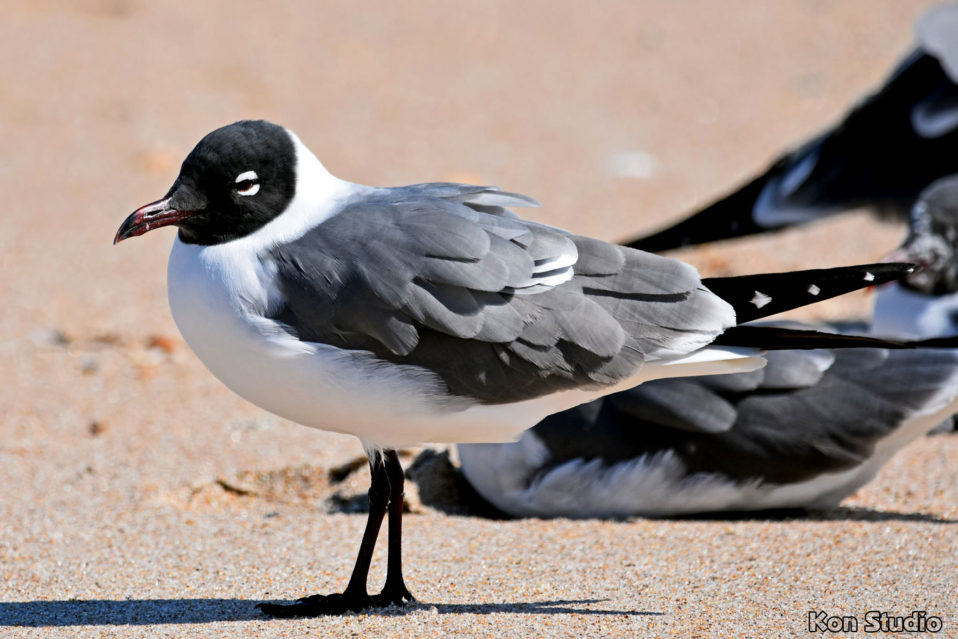
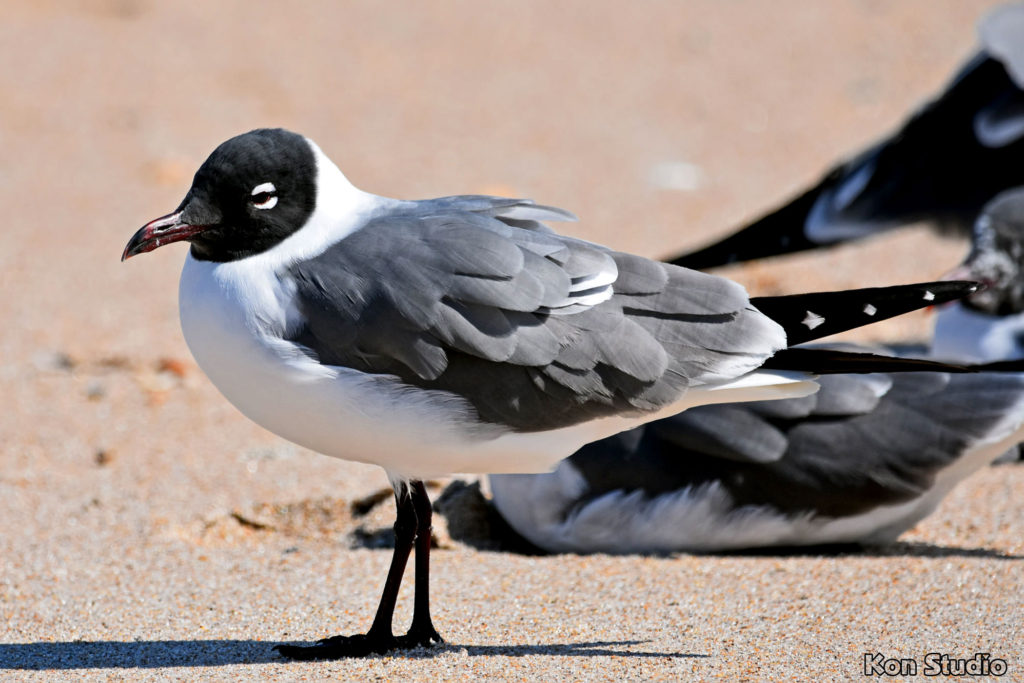
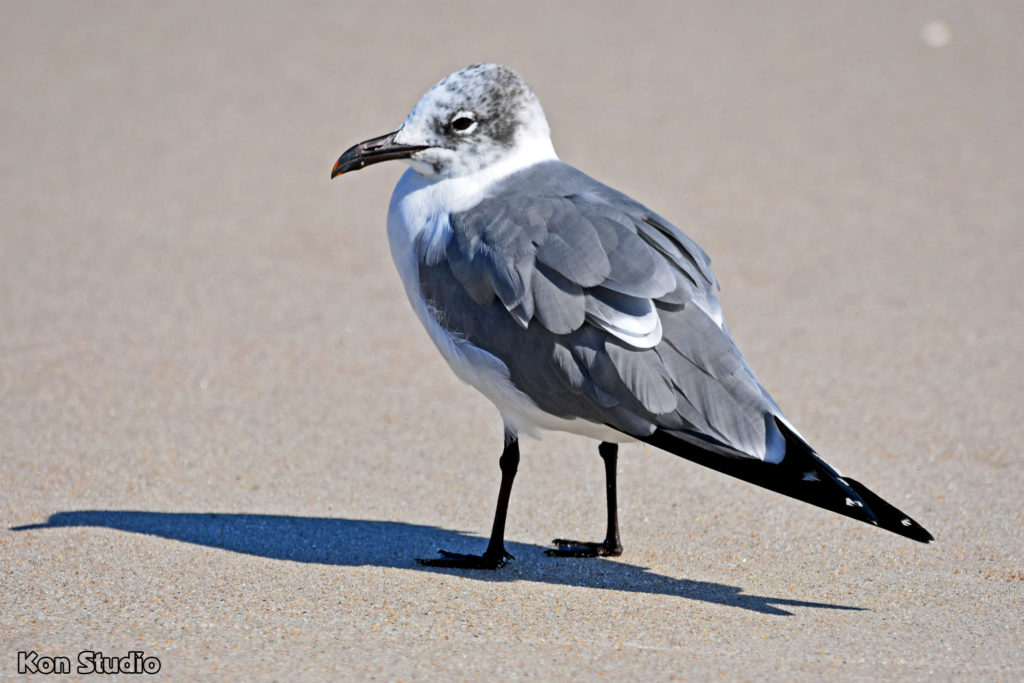
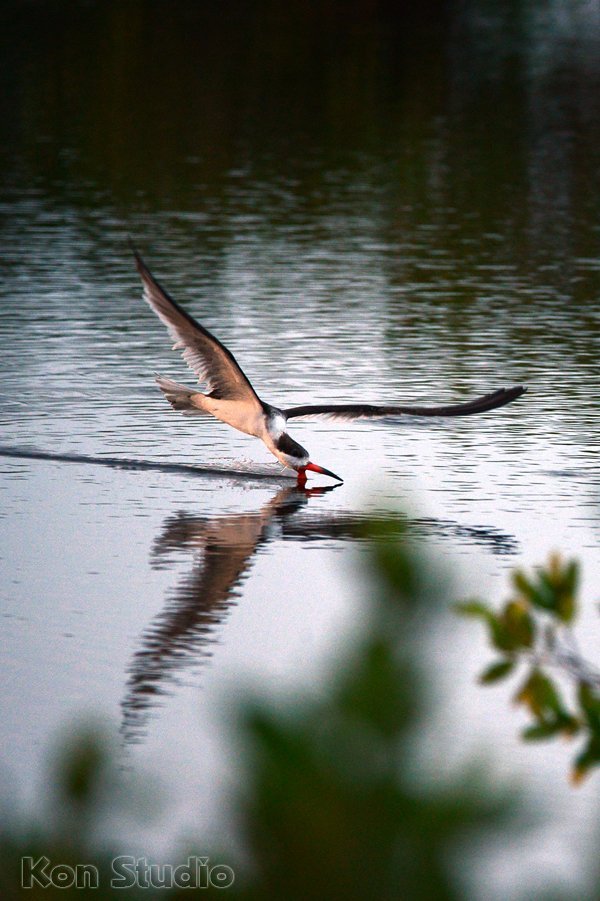
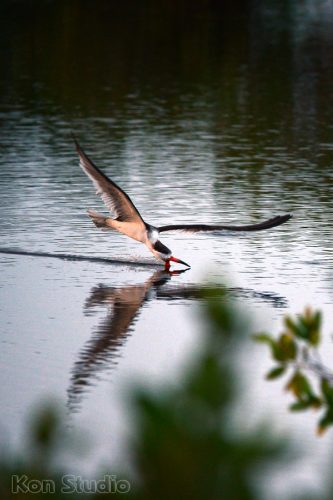
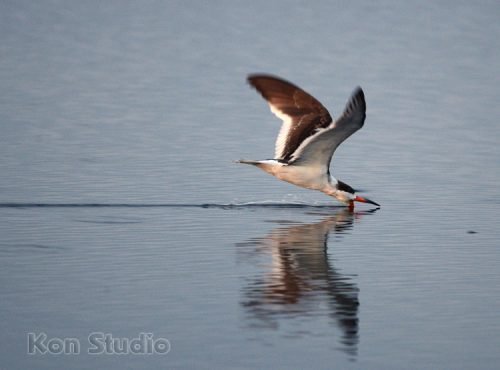
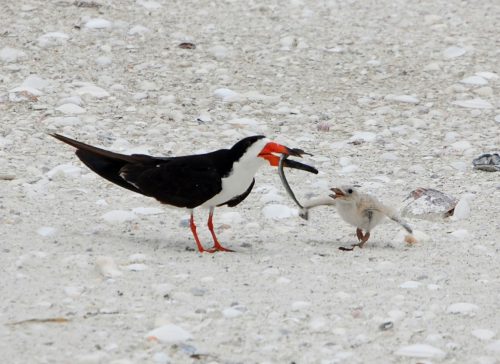
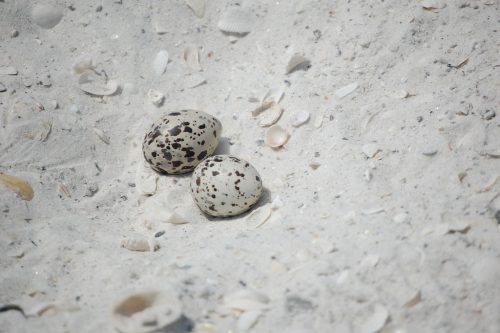
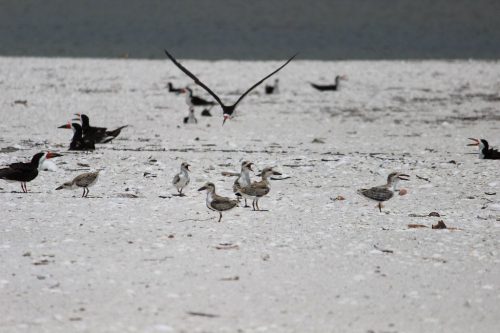
Recent Comments